Search
Did you mean: Behistun Inscription?
Search Results

Image
Inscription of the Urartian King Menua
The cuneiform inscription on this block mentions king Menua, son of the king Ishpuini. Menua was the 5th king of Urartu. From Anzaf, 10 kilometers northeast of Van (of eastern Turkey). c. 810 to c. 785/80 BCE. (Pergamon Museum, Berlin, Germany...
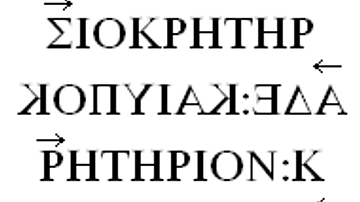
Image
Ancient Greek Boustrophedon Inscription
Example of an Ancient Greek boustrophedon inscription. The arrows indicate the direction of the writing for each line. Non-symmetrical letters change their orientation with the alternate directions of the lines.
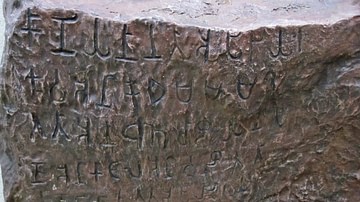
Image
Mangulam inscription
Example of a Tamil Brahmi inscription carved on rock found at Dakshinachitra, Chennai (southern India)
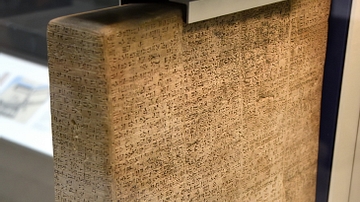
Image
The East India House Inscription
Building Babylon: this inscribed stone was found at the ruins of Babylon and described the religious devotion and civic achievement of king Nebuchadnezzar II. The long inscription records that as well as building the Processional Way and...
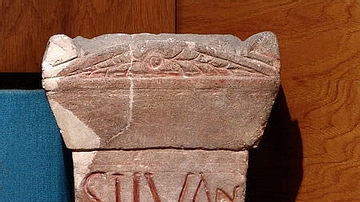
Image
Roman Dacian Inscription
This is an altar with a votive inscription in Latin from the city of Cluj-Napoca, which is in present-day Romania (Roman Dacia). The altar dates to c. 101-150 CE. height: 45 cm width: 24 cm depth: 19.5 cm letter size: 6-2 cm Transcription...
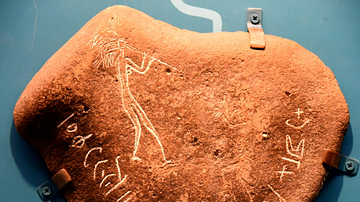
Image
Safaitic Inscription from Jordan
Nomadic people left tens of thousands of inscribed rocks, like this one, across Jordan desserts, written in Safaitic, an Arabian dialect. This rock playfully shows a woman playing the flute. The inscription reads "By Aqraban, son of Kasit...
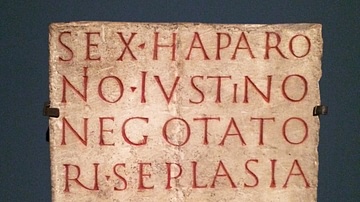
Image
Inscription on the Tomb of an Perfume Trader
Sextus Haparonius Iustinus was a "seplasarius" — a trader in perfumes and unguents — who lived in what's present-day Cologne, Germany during the 2nd century CE. When he died, his "brothers" erected a funeral monument of stone in his honor...
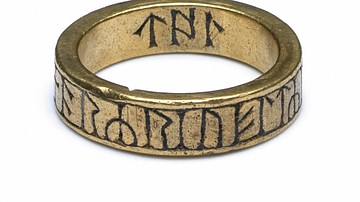
Image
Ring with Runic Inscription
Gold finger-ring, engraved with a runic inscription, three letters continuing on inside of the hoop, found near Carlisle, England, dated to the 8th-10th century.
The British Museum, London
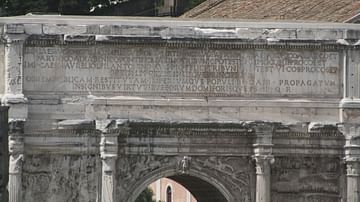
Image
Inscription, Arch of Septimius Severus, Rome
The inscription on the arch of Septimius Severus in Rome (203 CE). It is repeated on both façades, and shows that the triumphal arch was dedicated to Emperor Septimius Severus and his two sons Caracalla and Geta who ‘restored the Republic...
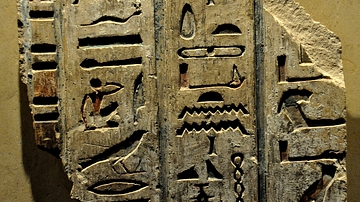
Image
Vizier Bakenrenef Inscription
Limestone fragment of an inscription from the tomb of vizier Bakenrenef (Bakenranef). From Saqqara (Sakkara), modern-day Egypt. Saite period, 26th Dynasty, circa 590 BCE. (State Museum of Egyptian Art, Munich, Germany).